Left 4 Dead 2 left an unforgettable mark on co-op shooters in 2009 by continuing to merge visceral action with zombie survival horror tropes, but it stands in a place that initially contested its status as a full-fledged sequel. An unlikely success given the speed of its production, Left 4 Dead 2 went on to reaffirm a defining franchise of the genre just one year after its predecessor.
The release date proximity between Left 4 Dead games allows them to have a practically unprecedented degree of continuity with each other, but this feature wasn’t necessarily intended by design. In reality, releasing a sequel addressed many flaws from the first game’s rushed development, but Valve took advantage of this in the end. This makes L4D2 a unique example of a sequel that acted as more of a replacement update, years before contemporary live service models.

Related
Left 4 Dead 3 Feels Like a Pipe Dream, but Now Would Be a Great Time For It
Although many fans have resigned themselves to Left 4 Dead 3 never coming out, a great opportunity is present for Valve to finally pull the trigger.
The Original Left 4 Dead’s Vision Could Barely Survive on the Earlier Source Engine
The Reason Why Left 4 Dead 2 Was Made as a Standalone Sequel
It was apparent that the developers were facing technical limitations as the game was being released, but it was still released in an impressive state, which some players argue makes Left 4 Dead 2 better than its sequel. Regardless of its reception, L4D was built in an unsustainable way that didn’t allow it to be reliably expanded upon or modded. Co-lead Chet Faliszek elaborated on these constraints in an interview with Game Developer:
“Left 4 Dead was such a broken thing that nobody wanted to touch it”
[…]
That game iterated so quickly that if it meant breaking something horrible, where you had to load a map [two] or three times but you could playtest it today, we did it.”
[…]
“There was no way you were going to support mods for
Left 4 Dead
in the same way we did for
Left 4 Dead 2
without a big reset.”
The Cold Stream Update Essentially Replaced L4D
The longevity of Left 4 Dead‘s popularity is definitely tied to its mod support, but it’s also been supported by the integration of the first game’s content in its follow-up. The Cold Stream DLC came with a new campaign like other updates but also brought most of the levels, Survivors included, from L4D into the sequel within its updated Source Engine.
Left 4 Dead 2’s The Passing DLC Used Its Opportunity to Break Franchise Storytelling Conventions
How L4D2’s Short Development Window Enabled Interplay Between Narratives
While releasing the L4D games a year apart began as a controversial decision, this ultimately allowed an immersive narrative connection to be shared. When The Passing DLC brought the original cast of Survivors into the second game, their storylines became bridged in a way that creatively utilized their shared assets and overall similarity. Valve subversively released The Sacrifice DLC for the first game as well, which is logically ported as a Left 4 Dead 2 campaign for a fully connected experience.
Although the separation between these games seems to be derived from the challenges of a rocky development, the need for an update was eventually paired with the series’ episodic structure in a way that may never have been possible otherwise.
image
large
Left 4 Dead 2
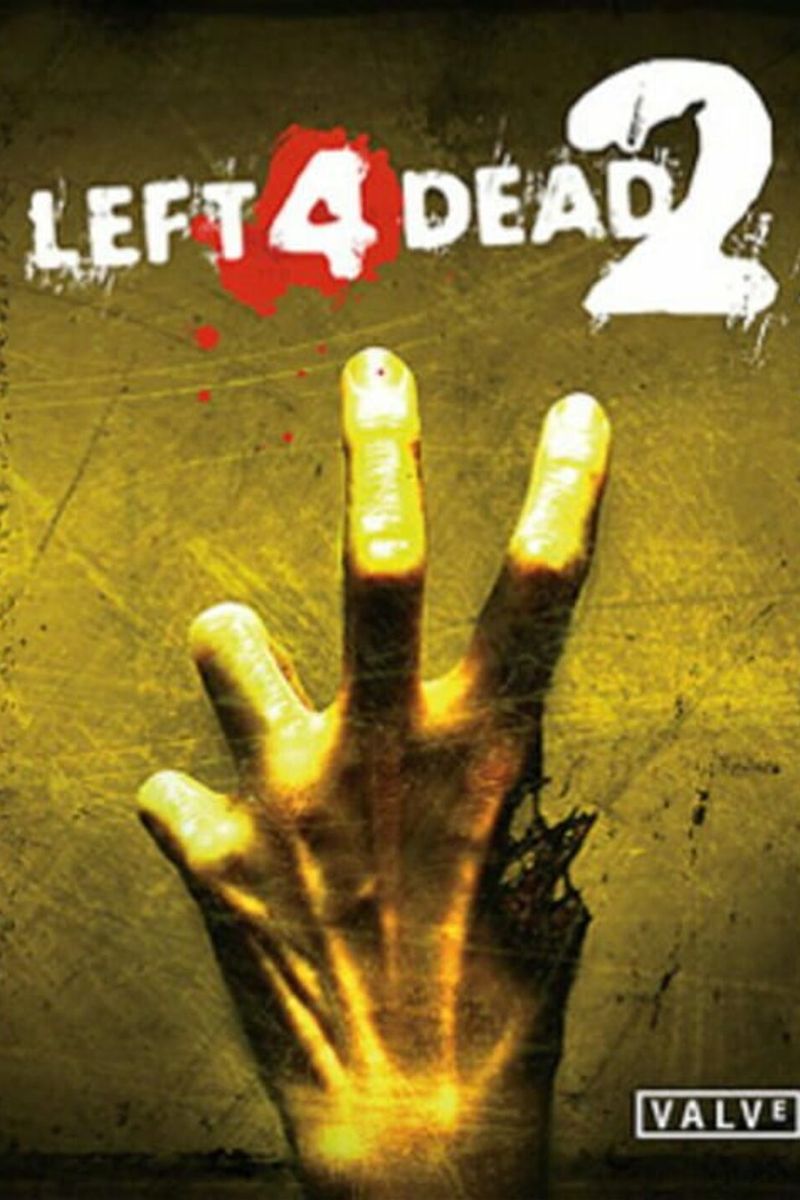
Left 4 Dead 2 is the sequel to the popular zombie survival title. The first-person shooter sees a new cast of characters that embark on multiple episodes in a variety of places where they must escape hordes of the undead.
Specifications
- Franchise
- Left 4 Dead (Franchise)
- System
- PC (Video Game Platform, Video Game Industry), Xbox (Brand)
- Platform(s)
- PC (Video Game Platform, Video Game Industry), Xbox 360 (Video Game Platform, Video Game Industry), Linux (Video Game Platform, Video Game Industry), macOS (Video Game Platform, Video Game Industry)
- Released
- 2009-11-17
- Developer(s)
- Valve (Video Game Company, Video Game Industry)
- Publisher(s)
- Valve (Video Game Company, Video Game Industry)
- Genre(s)
- Shooter (Genre)
- Multiplayer
- Local Co-Op (Multiplayer Option), Local Multiplayer (Multiplayer Option), Online Co-Op (Multiplayer Option), Online Multiplayer (Multiplayer Option)
- Engine
- Source
- ESRB
- M for Mature: Blood and Gore, Intense Violence, Language
- Steam Deck Compatibility
- Verified
- Split Screen Orientation
- Vertical Or Horizontal
- Number of Players
- 2 (Local Co-Op), 4 (Online Co-Op)
It remains an anomaly that L4D2 managed to basically absorb the first game into its framework, and this kind of content flexibility from over a decade ago resembles current trends in DLC. With some companies choosing to outright replace some games with their sequels in major updates in recent years, Valve’s more forgiving take on including a title within its sequel seems to have merit given that Left 4 Dead 2‘s timeless co-op shooter status has resonated with players for so long.
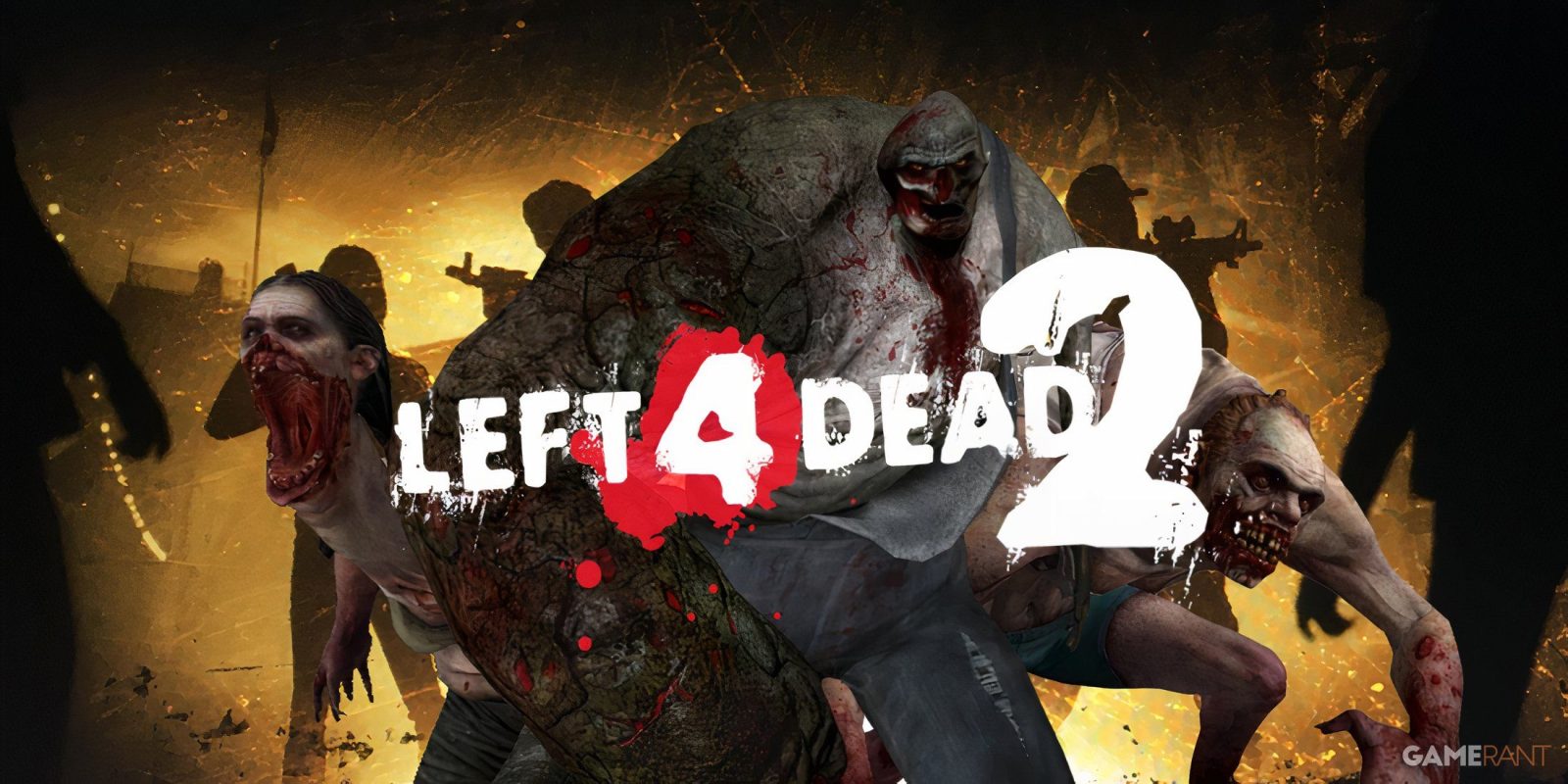

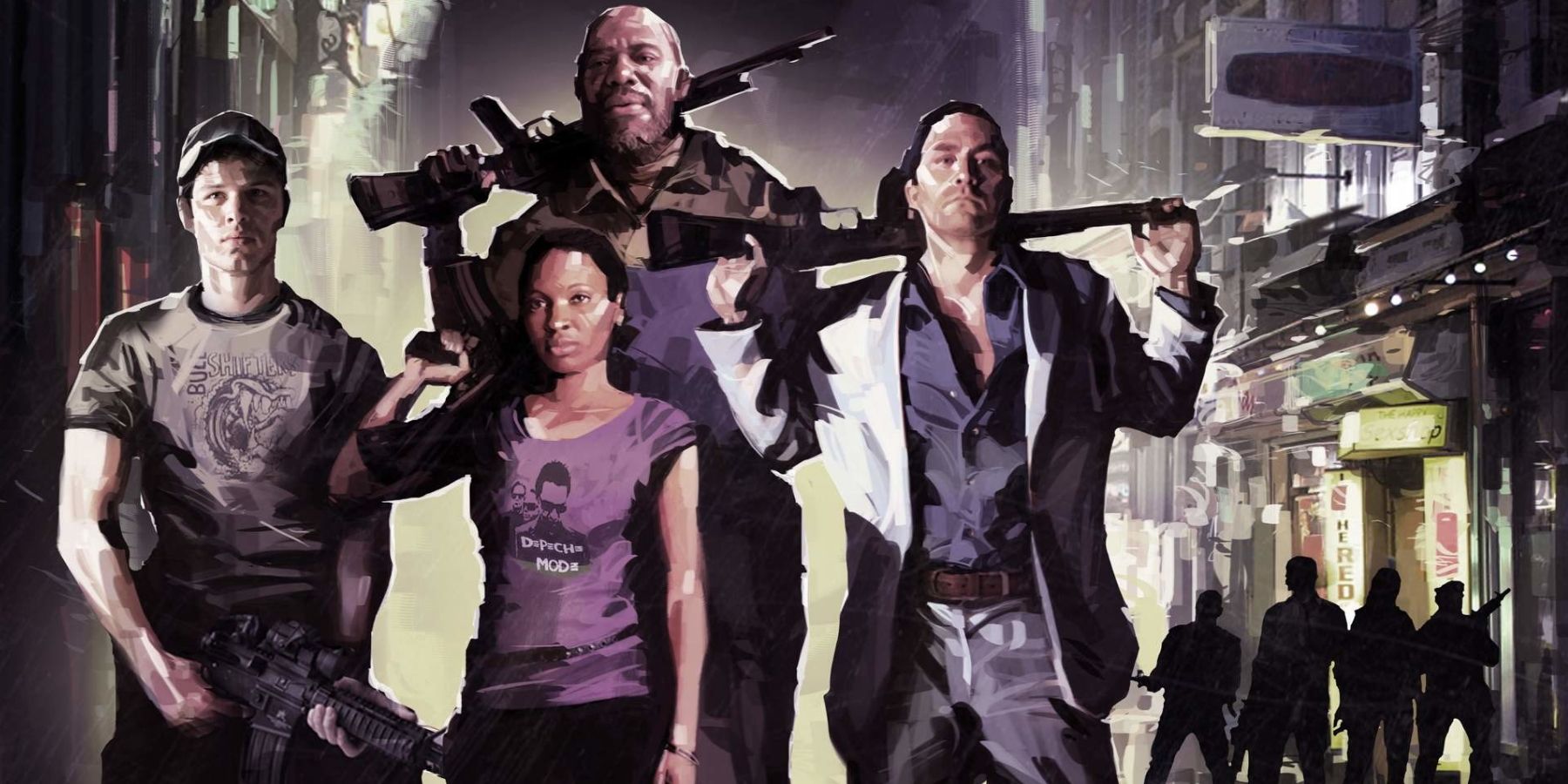
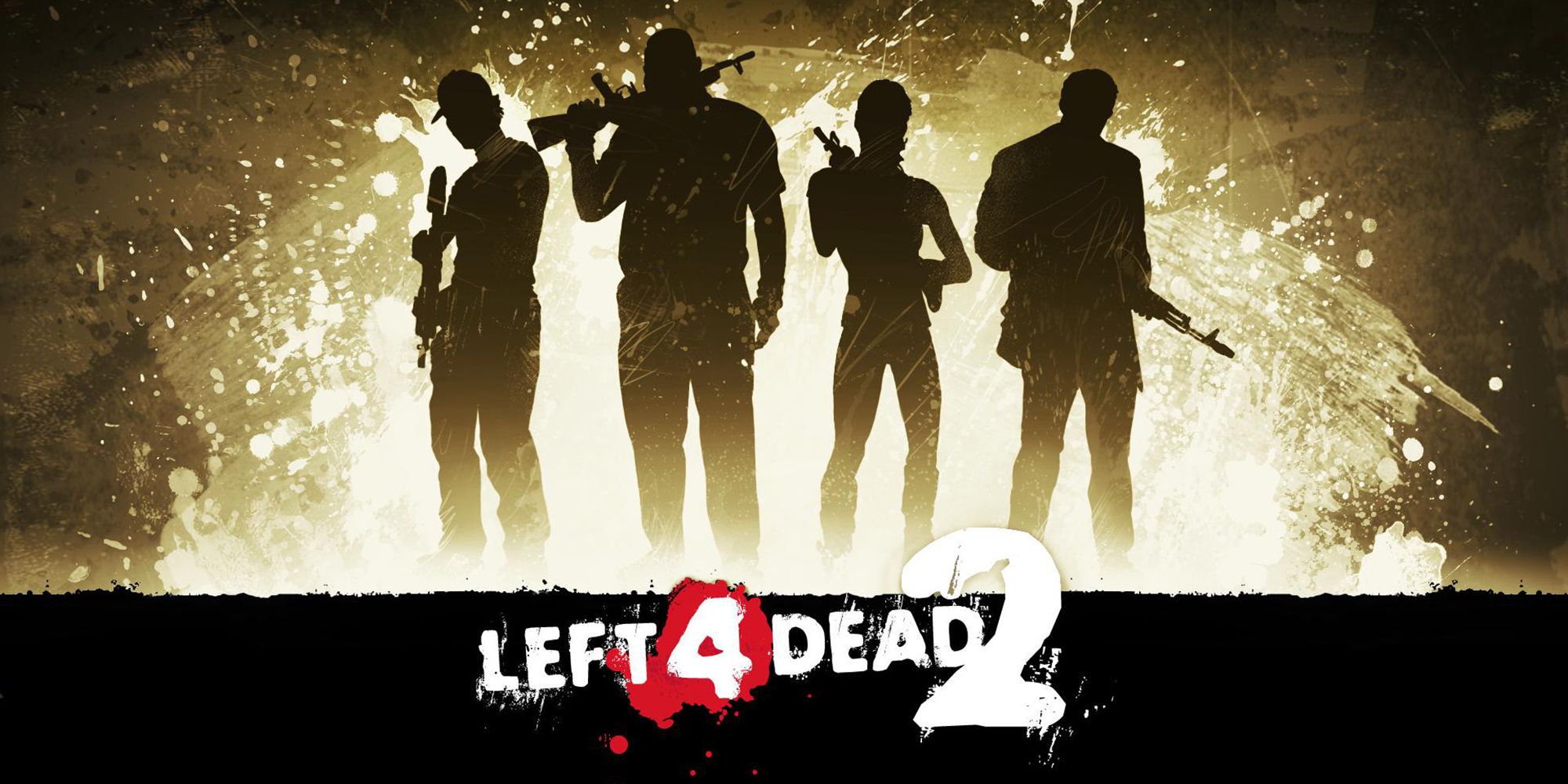
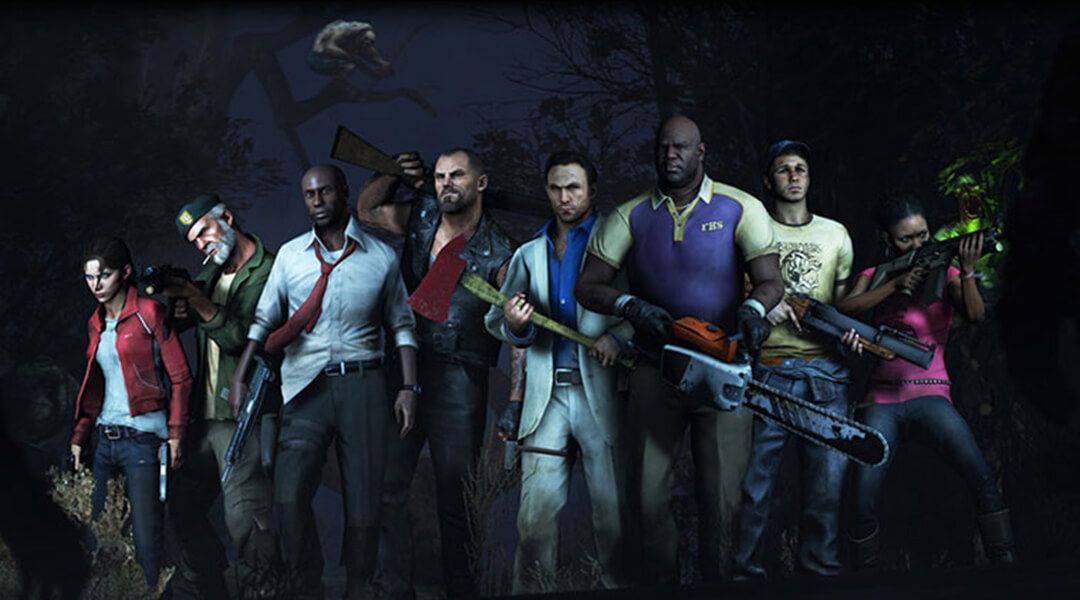
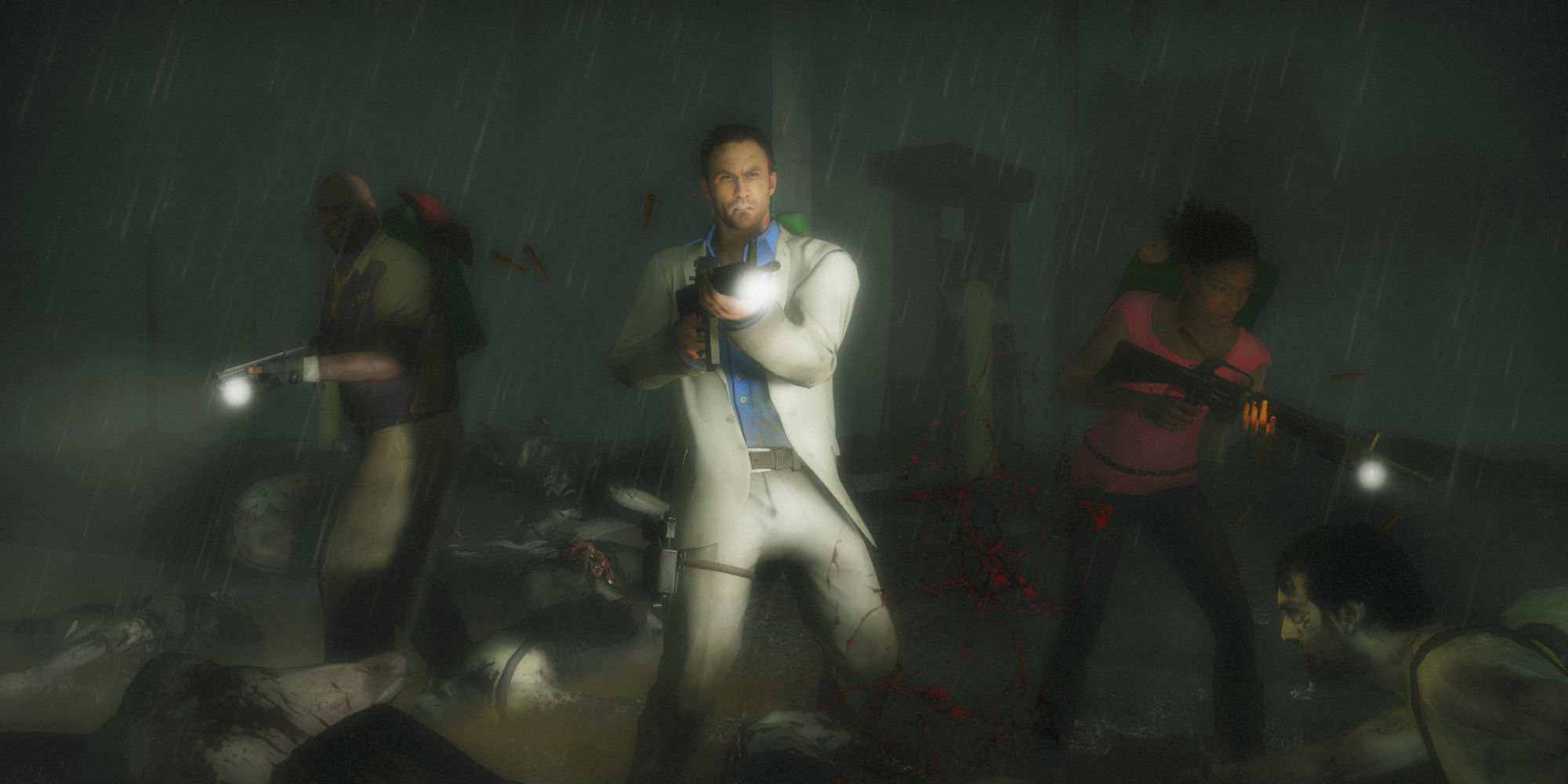
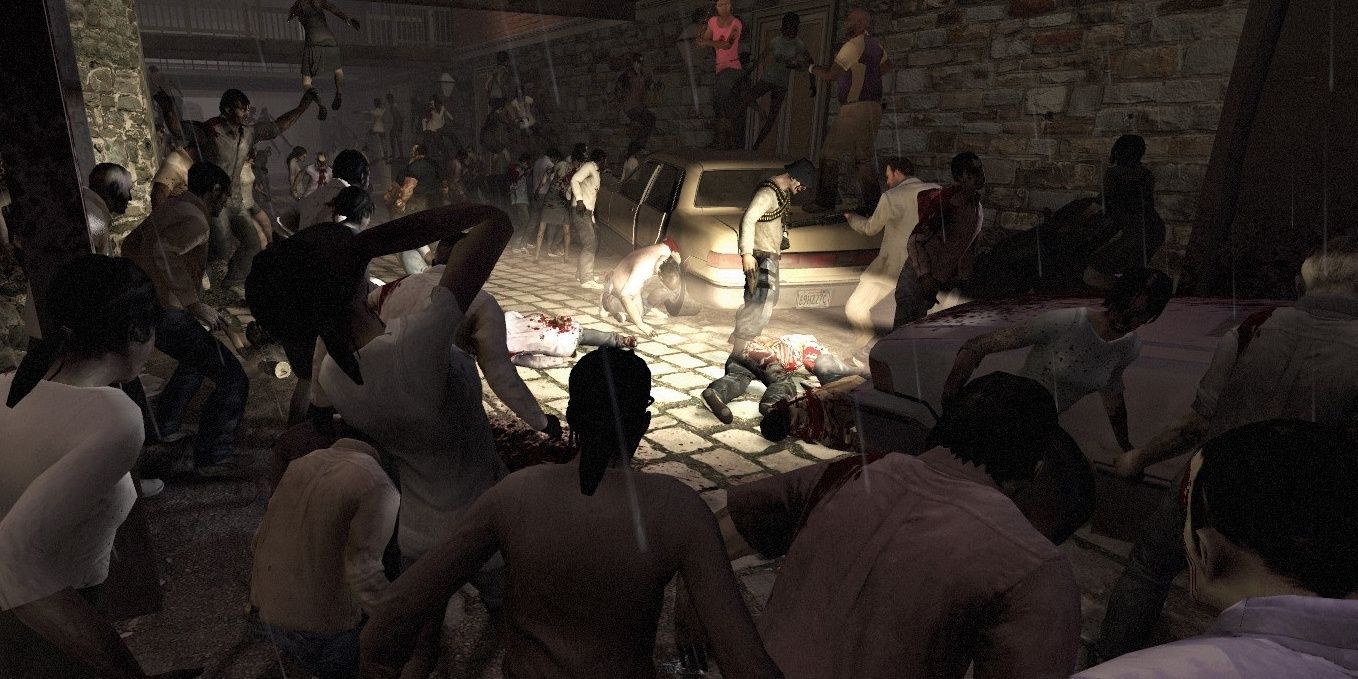



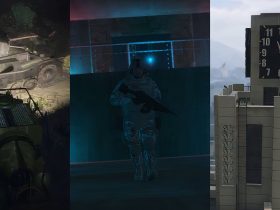

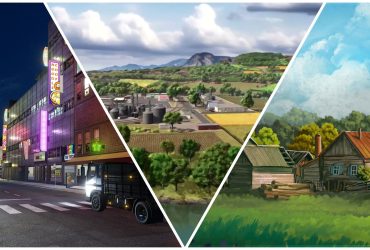

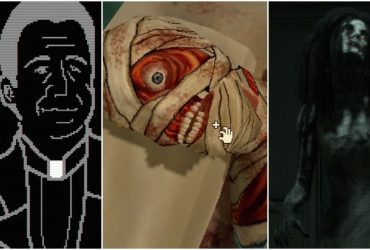

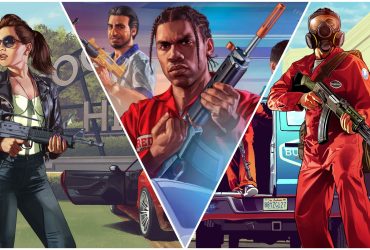
Leave a Reply